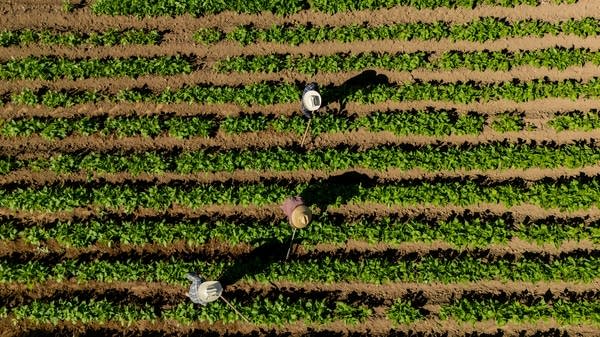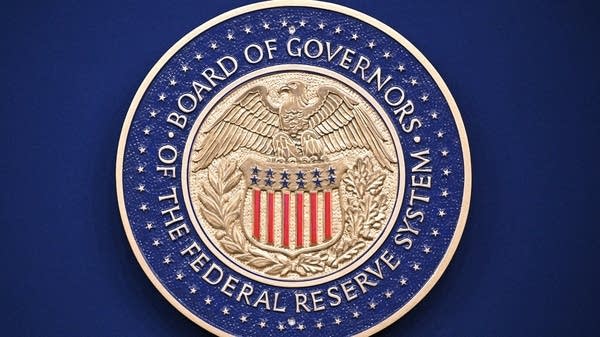How have DOGE cuts impacted food safety?
Some of the major DOGE cuts targeted administrative and communications staff at food safety agencies.

A listeria outbreak linked to chicken alfredo pasta sold at Kroger and Walmart has killed three people and hospitalized many more.
We get food recalls and outbreaks like this relatively often, but many advocates have warned that cuts attempted by DOGE and other Trump administration policies would weaken food safety in the U.S.
The biggest effect so far has been on the information side of things — especially at the Food and Drug Administration, said Barbara Kowalcyk at the Institute for Food Safety and Nutrition Security at George Washington University.
“It's important that you communicate well with both the industry, as well as with consumers and other public health agencies, such as CDC,” she said.
Some of the major DOGE cuts targeted administrative and communications staff at food safety agencies — just the people who would be needed to track down and disseminate information about an outbreak.
“The whole infrastructure of food safety, oversight, surveillance, what's happening outbreak, when there's a problem, responding and then trying to put in place policies to improve food safety has definitely been impacted,” said Sandra Eskin with the advocacy group Stop Foodborne Illness.
But according to experts across the board, you can’t say at this point that the Trump administration’s job cuts or funding changes have actually harmed food safety.
Many fired or laid-off staff at food safety agencies have been reinstated, either by administration officials’ choice or because of court orders.
“While the workers who carry out the scientific and legal work have largely now been brought back to FDA — which should mean that programs like food testing, quality control can be resumed, etc. — many workers have simply opted to retire or take work elsewhere,” said Sarah Sorscher with the Center for Science in the Public Interest.
That means the FDA is still about 20% understaffed across the board, she said.
Plus, food safety funding and staffing at the federal level has been an issue for years, including major cuts to funding for state food safety programs under the Biden administration.
Those cuts did far more harm than DOGE, said Steven Mandernach, executive director at the Association of Food and Drug Officials.
“When you look at produce, 93% of the inspections are completed by state folks. When you look at milk, Grade A milk and shellfish, 100% of the work is done by our state folks,” he said.
Manderach and other experts said no one outbreak can really give you a sense of how the food safety network is holding up.
Better technology means we are catching outbreaks sooner, but “in general, if we invest less in food safety, I think eventually we'll have less safe food,” said Don Schaffner, a food microbiologist at Rutgers.
And that’s the case regardless of who is in the White House.













